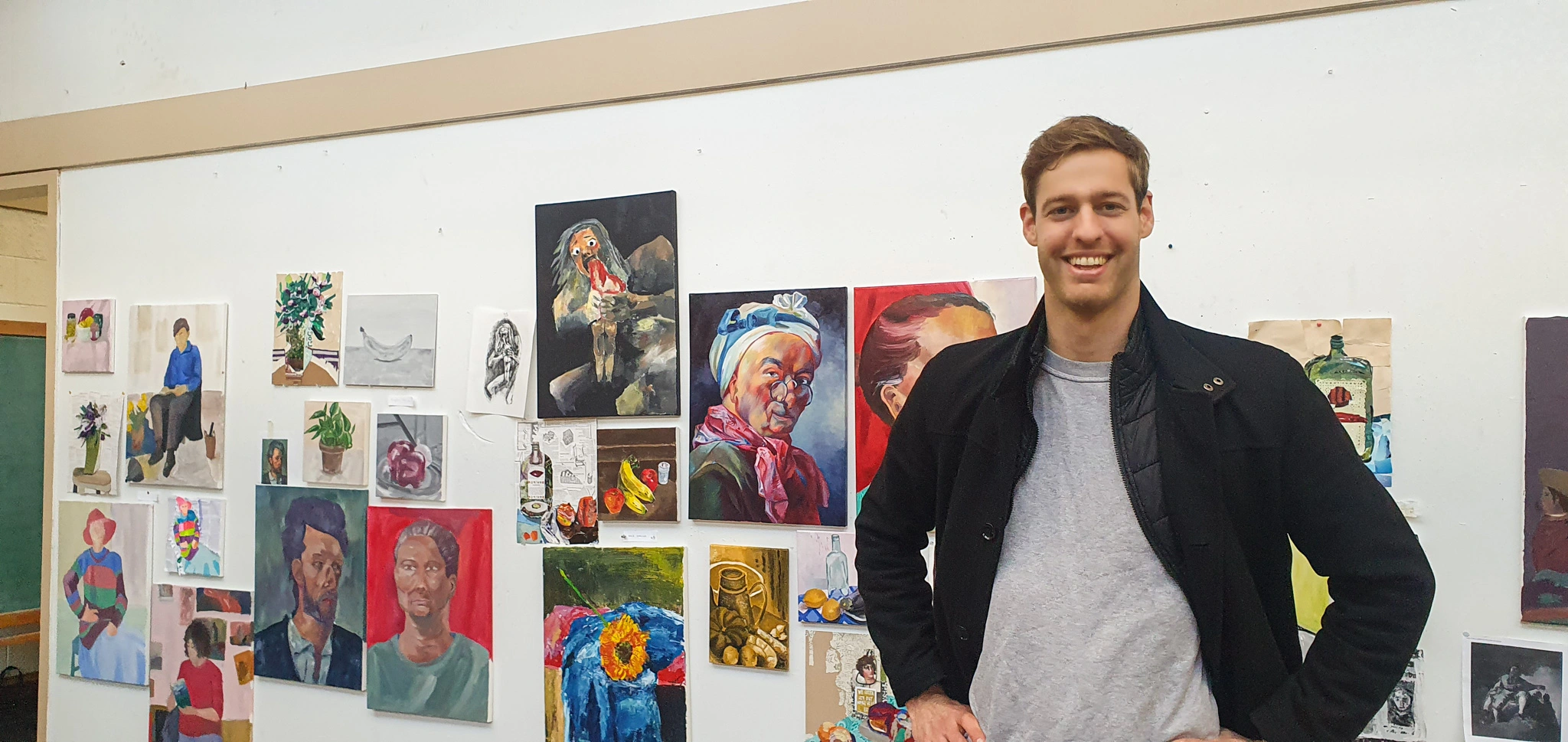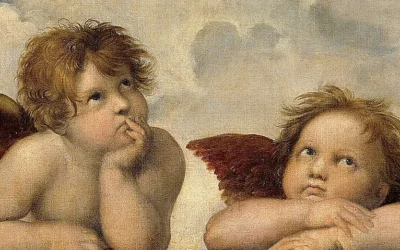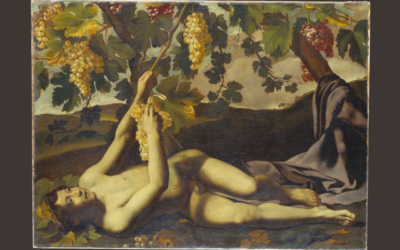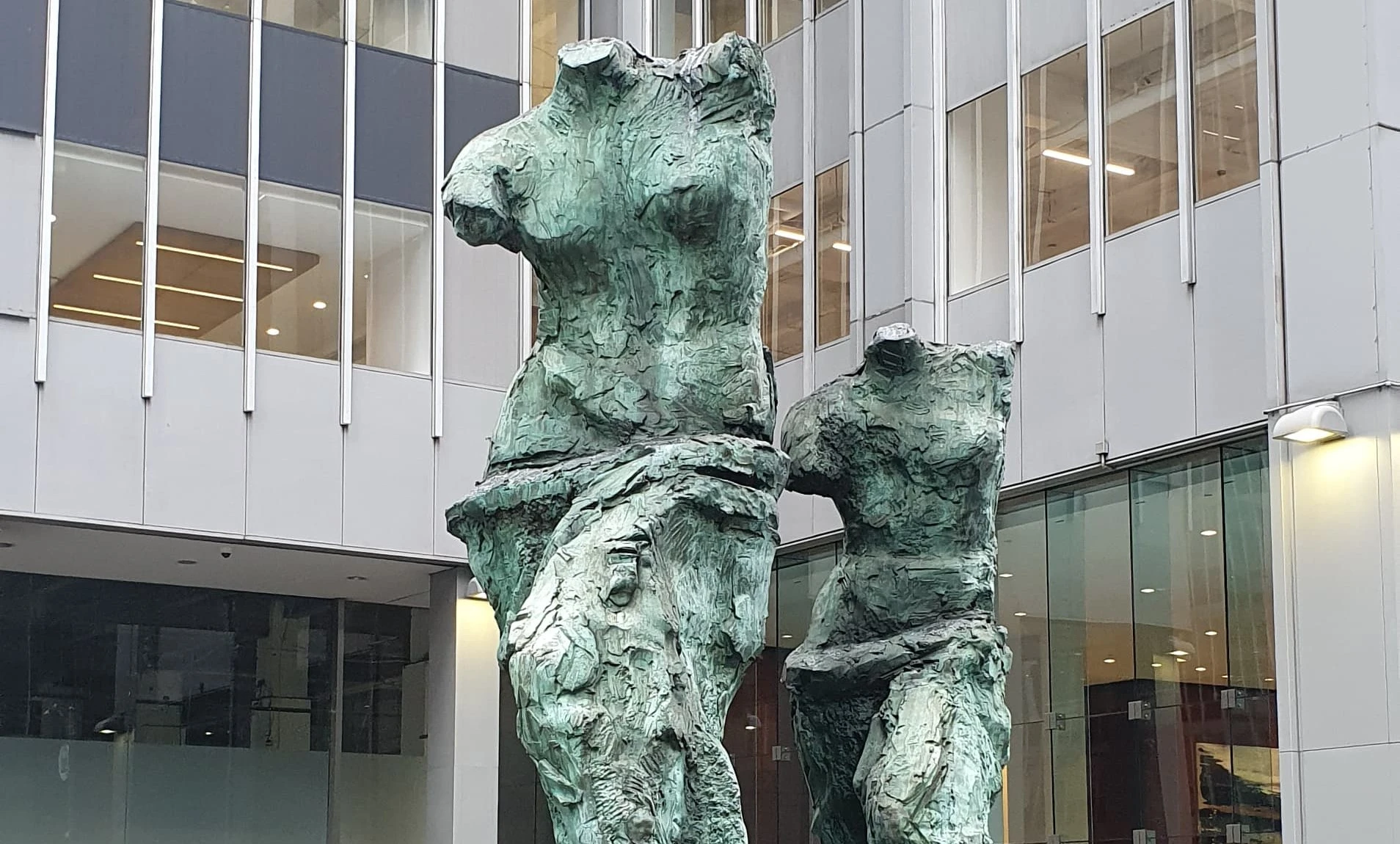Starting a corporate art collection can be a great way to enhance your company’s culture and interior design at the same time. Also, you can showcase your commitment to supporting emerging artists. In this article, we will provide a quick guideline with five easy steps to start a corporate art collection. But before we start, let’s look at why we should discuss this topic first.
Reasons why to consider a Corporate Art Collection
Corporate art collections can enrich corporate culture by providing employees, customers, and visitors with exposure to a wide range of artistic styles and cultural perspectives. They can also be used to reinforce a company’s brand identity and values. Artwork can serve as a visual representation of a company’s values, history, and vision.
Corporate art collections can help engage employees by creating a more inspiring and stimulating work environment. This can lead to increased creativity, innovation, and job satisfaction. Some companies use their corporate art collections to engage with local communities and support the arts. Companies can organize exhibitions, tours, and other events that connect the community with the artwork and the company.
Another big reason to start a corporate art collection is Philanthropy. Companies can support emerging artists, cultural institutions, and other arts-related causes through the acquisition and display of artwork.
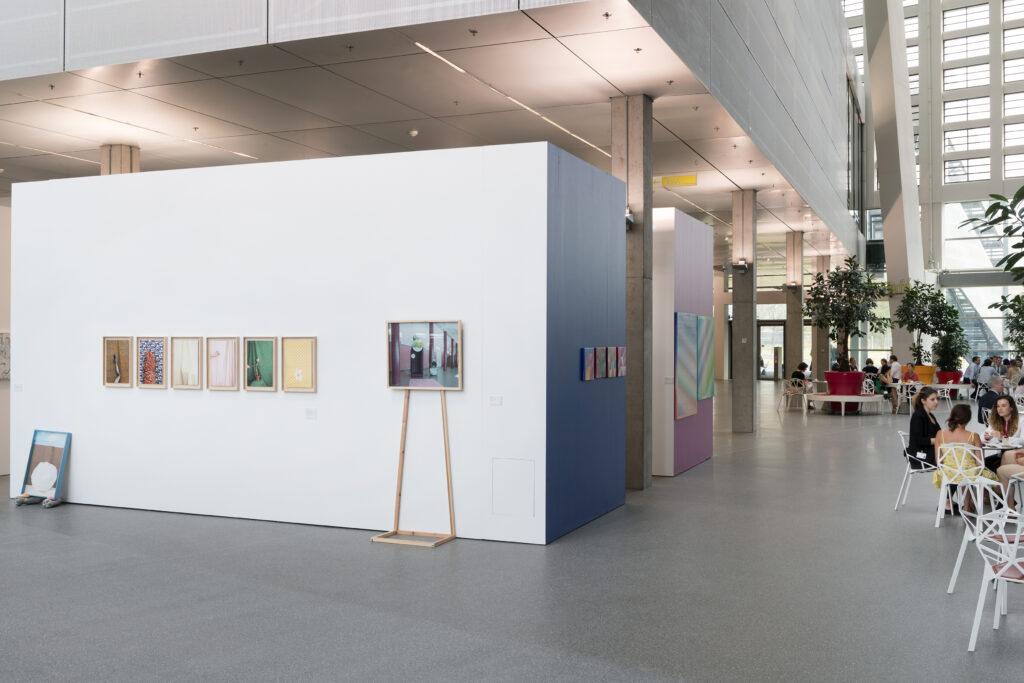
Following the next steps, you can build a high-quality corporate art collection that reflects your company’s values and enhances your workplace environment.
1. Define your goals
Determine what you hope to achieve with your collection. Is it to support emerging artists or to invest in established artists? Do you want to focus on a particular genre or style? You can also send a message that reflects your values or even your business mission. There are some trending art topics:
Environmental Art: With concerns about climate change and environmental degradation, many artists use their work to highlight these issues and promote sustainability.
Identity and Representation: Many artists are exploring issues of identity, race, gender, and sexuality in their work, challenging traditional representations and highlighting underrepresented perspectives.
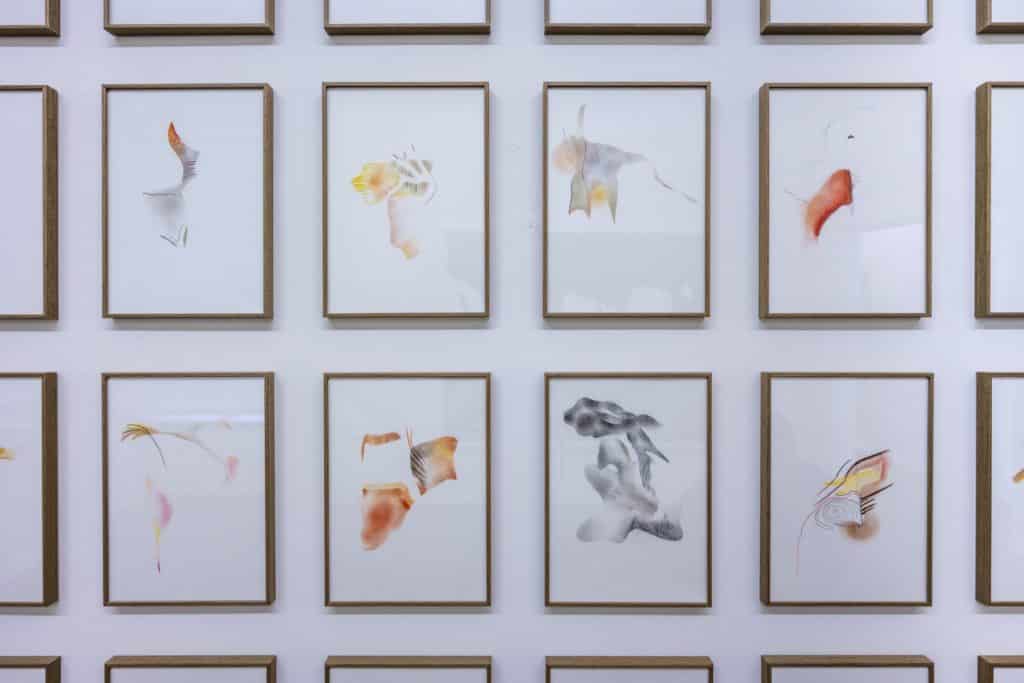
Digital and New Media Art: As technology continues to evolve, many artists are exploring the possibilities of digital and new media art, incorporating virtual and interactive elements into their work.
Social and Political Commentary: With ongoing political and social issues, many artists are using their work to make statements and provoke discussion around topics such as inequality, injustice, and human rights.
2. Set a budget
Decide on a budget for your collection. Art can vary greatly in price, so it’s important to have a clear idea of how much you can spend. This is a crucial aspect. Non-original wall art ranges from 30 to 300 USD depending on the style, size and materials of course. However, we recommend buying original artwork. Young emerging artists are happy to sell some of their original paintings already at affordable prices within that range. Especially, those that just graduated from an art academy sometimes struggle to generate any income at the beginning. Just something to put into consideration.
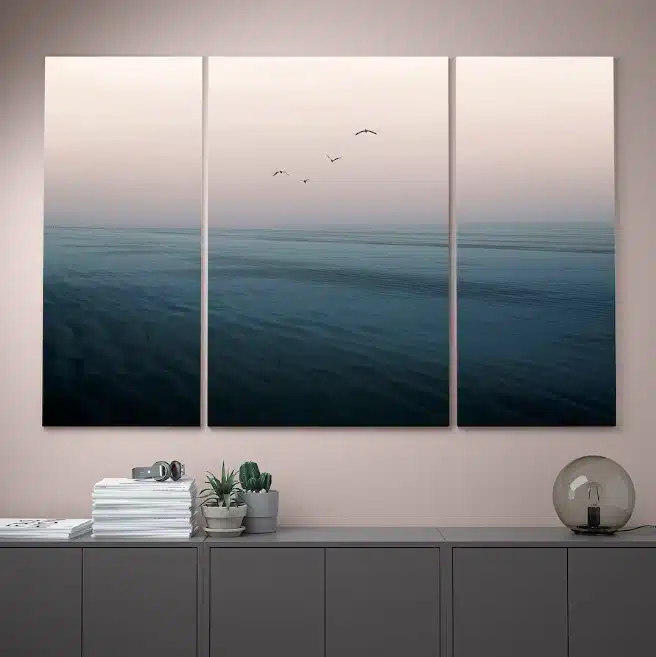

Although the IKEA piece might look great in a room, it is yet one copy of probably thousands which takes away the uniqueness. It becomes a simple decorative piece. In comparison to the Ikea print the artist Max Rübensal managed to create a series of artwork that stands out.
3. Research and find the right artists
Conduct research to identify artists and artwork that align with your goals and budget. If there is time, one should try to attend art fairs, exhibitions, and auctions to gain insight into the art market and identify potential acquisitions. One can also reach out to professional art consultants or us in case there is no time or questions come up.
There are multiple ways to find interesting artists. We showcase some painters in our series „Painting of the Month“ for instance. Art Academies usually exhibit and promote great emerging painters as well. Some artists also do commission work to fit the office rooms or complete a series for a certain topic.
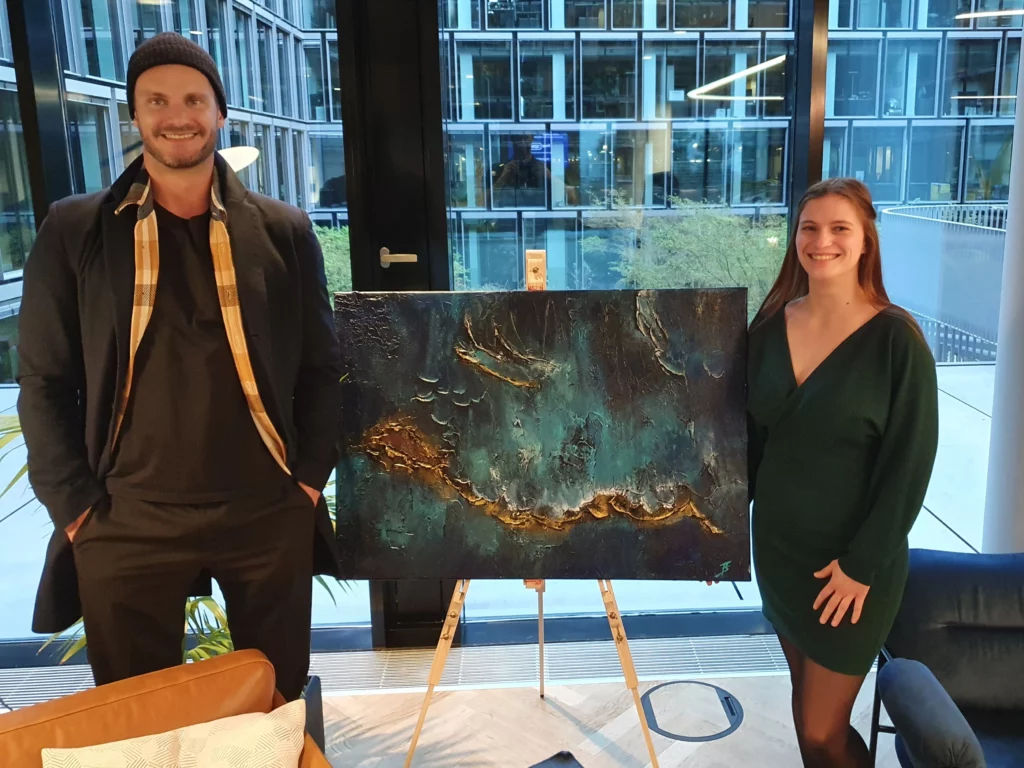
4. Curate and Display the artwork
Once you have acquired the artwork, determine the best way to display it in your office or corporate space. Consider working with a professional art installer to ensure that the artwork is displayed in a safe and visually appealing manner. Curating the pieces of art can be quite a challenge. It needs to be displayed cohesively and should speak to all employees rather than one person that installs the paintings or sculptures without putting much thought into it.
Consider the placement and lighting of each piece, and how they will interact with each other. Displaying the corporate art collection in a prominent location, such as a lobby or conference room, will help to showcase your collection and make a statement about your company’s values. Develop a theme or concept for your collection. This could be based on a particular genre, such as abstract art, or a specific topic, such as sustainability. A cohesive theme will give your collection a sense of unity and make it more meaningful. Group similar pieces together, or create a visual contrast between different styles or themes. Use frames or mounting to create a consistent look and feel.
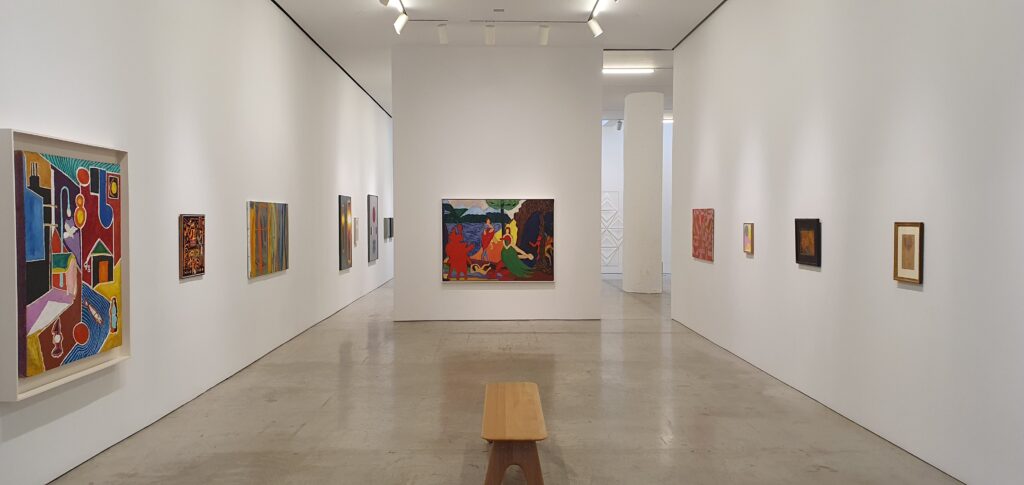
Consider the viewer’s perspective. Think about how the viewer will experience the art piece. Will they be standing close or far away? Will they be moving or stationary? Make sure the art is placed at the right height and angle for the viewer to fully appreciate it.
Use labels and descriptions to give some further information. Providing labels or descriptions for each piece can help viewers understand and appreciate the corporate art collection. Include the artist’s name, the title of the piece, the date of creation, and any other relevant information. You can also include a brief description of the theme or concept behind your collection. This can also be done with a QR-Code.

A corporate art collection is a dynamic entity that can evolve over time. Consider adding new pieces to your collection periodically, and rotate the display to keep it fresh. This opens up the opportunity to also invite the artists and the public for a vernissage event or a guided tour with employees meeting the artist.
Also, document and maintain the collection. Keep detailed records of your collection, including purchase information, artist biographies, and provenance. It is crucial to keep track of the artwork and to ensure that it remains in good condition.
A simple way to boost motivation
Corporate art collections can be a powerful tool for boosting employee motivation and productivity in the workplace. Studies have shown that exposure to art in the workplace can increase job satisfaction, reduce stress, and enhance creativity and innovation. A study by the British Council for Offices found that incorporating art into the workplace can improve productivity by up to 32 %, and increase creativity by up to 45 %. Furthermore, the study found that employees who work in art-enhanced environments report feeling more valued by their employer and more positive about their work.
Incorporating art into the workplace can have a significant positive impact and can be a relatively low-cost and effective way to enhance the work environment.

